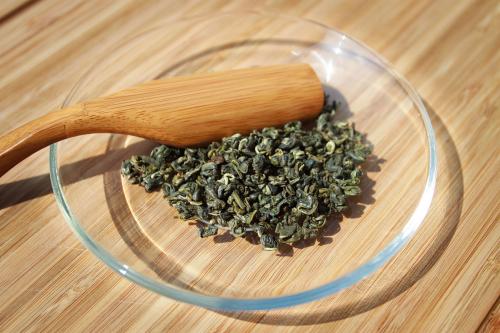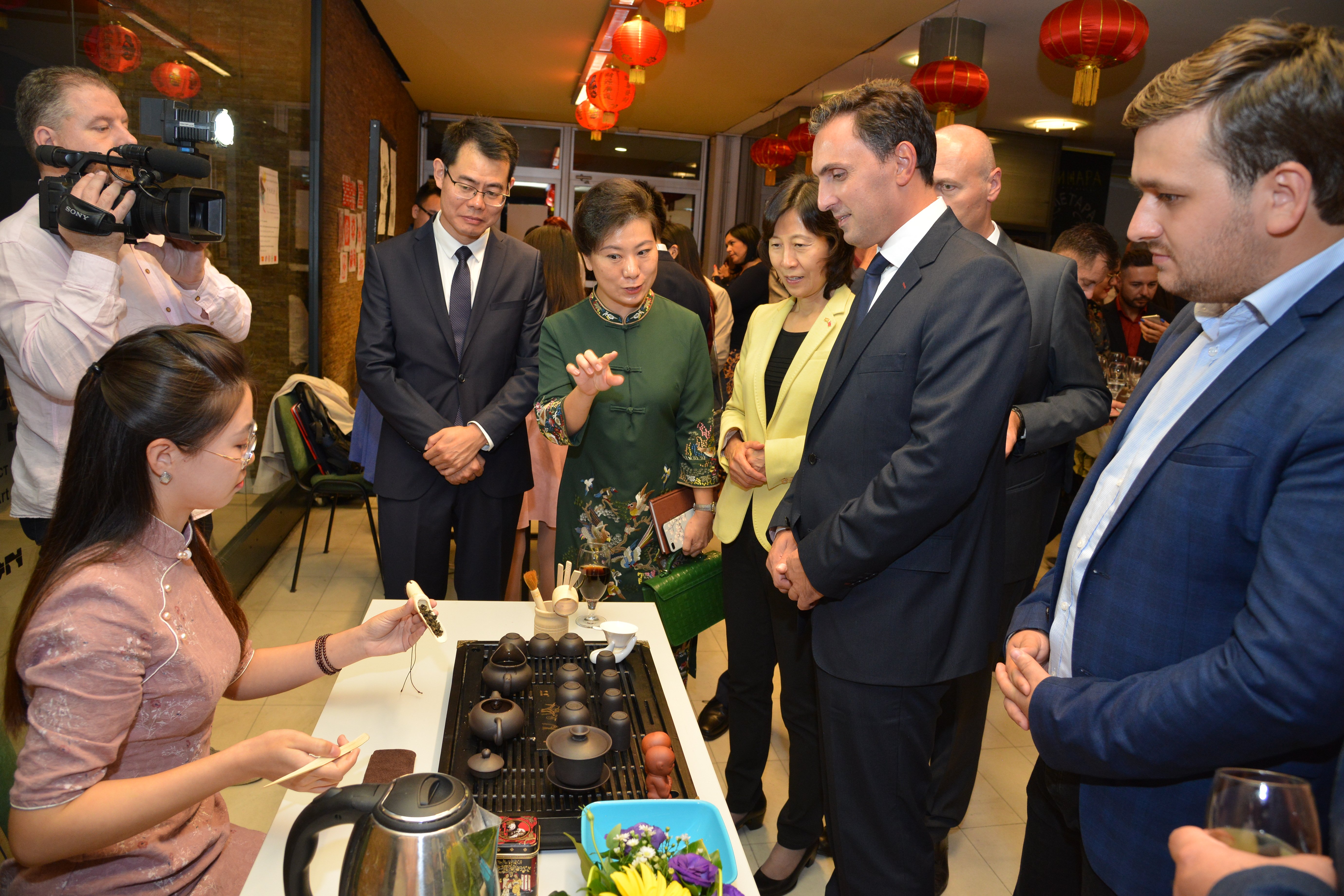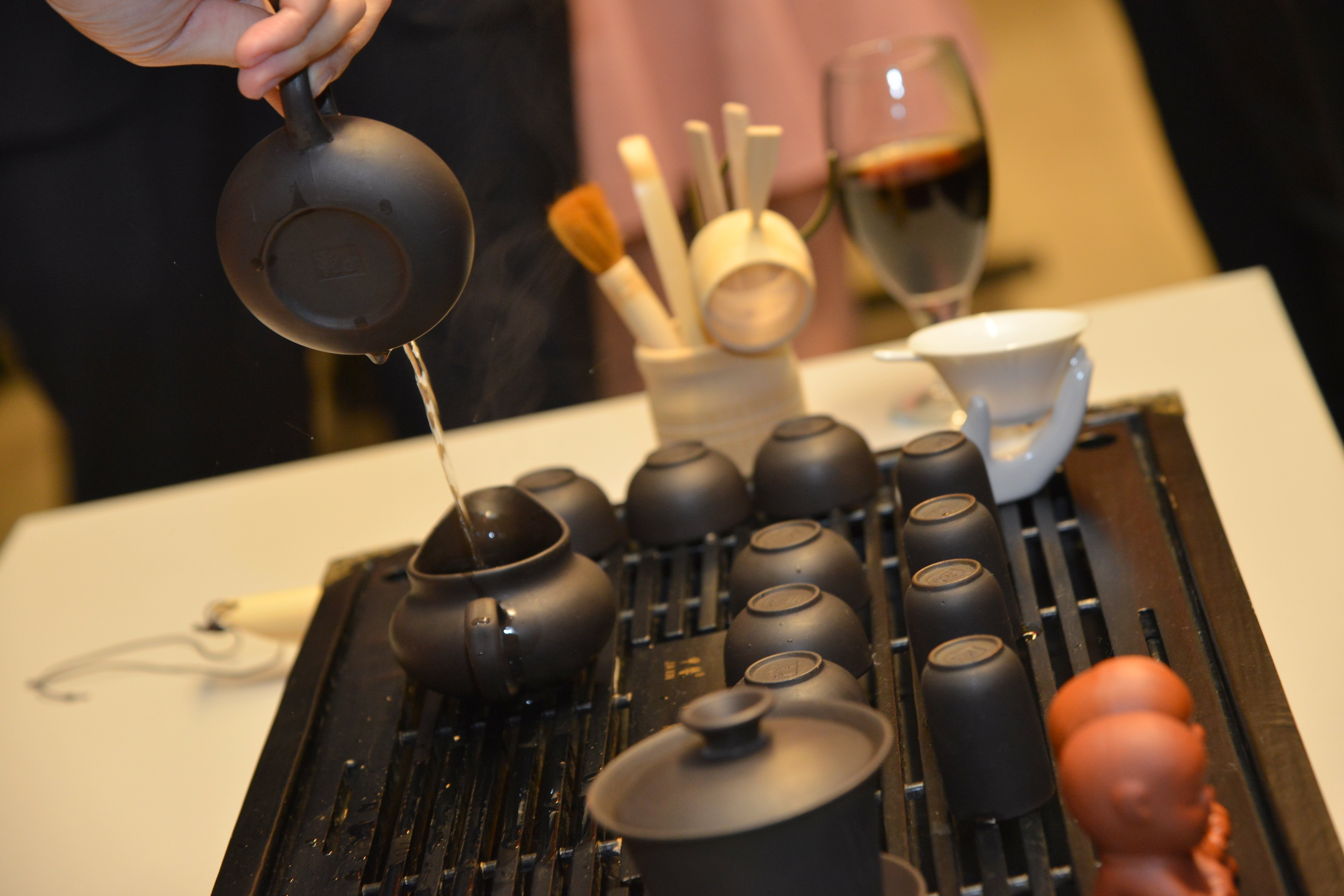Tea art is a kind of culture, including the appreciation of tea techniques and the appreciation of artistic manipulation methods. The process of drinking tea is a unity of form and spirit and a cultural phenomenon.
Legend has it that more than 2,700 BC, Shennong(a tribal leader in ancient China), in order to puppet all living, picking herbs, tasted herbs, and encounters seventy-two poisons in the day, has to be solved by “荼tu”, “荼tu” is the earliest name of tea, When Lu Yu wrote the “The Classic of Tea” in the Tang Dynasty, he changed it to tea. Lu Yu loves tea in his life and is good at tea ceremony. He is famous for the world’s first tea monograph, “The Classic of Tea”.
They are mainly distinguished according to the production method and the degree of oxidation of tea polyphenols. Chinese tea is divided into six categories: green tea, black tea, dark green tea, oolong tea, yellow tea, white tea. Green tea is not fermented, tea polyphenols are the least oxidized, and in turn, black tea is fully fermented and the oxidation is the heaviest.
Tea art includes a series of content such as tea selection, water selection, tea cooking techniques, art of tea sets, and environmental selection. The tea art background is an important means to set off the theme of the idea, which renders the pure, elegant and simple temperament of tea, and enhances the artistic appeal.
From ancient times to the present,Tea is the national drink of Chinese people. Because tea contains a variety of vitamins, tea, essential oils, and fluorinated substances, it has the functions of eyesight, brain clearing, diuresis, etc. Therefore, Chinese people believe that a person who drinks tea often will prolong life. The science of modern progress has also proved that tea has medical effects and is beneficial to the human body. Therefore, tea has been recognized as a natural healthy drink by countries all over the world.




